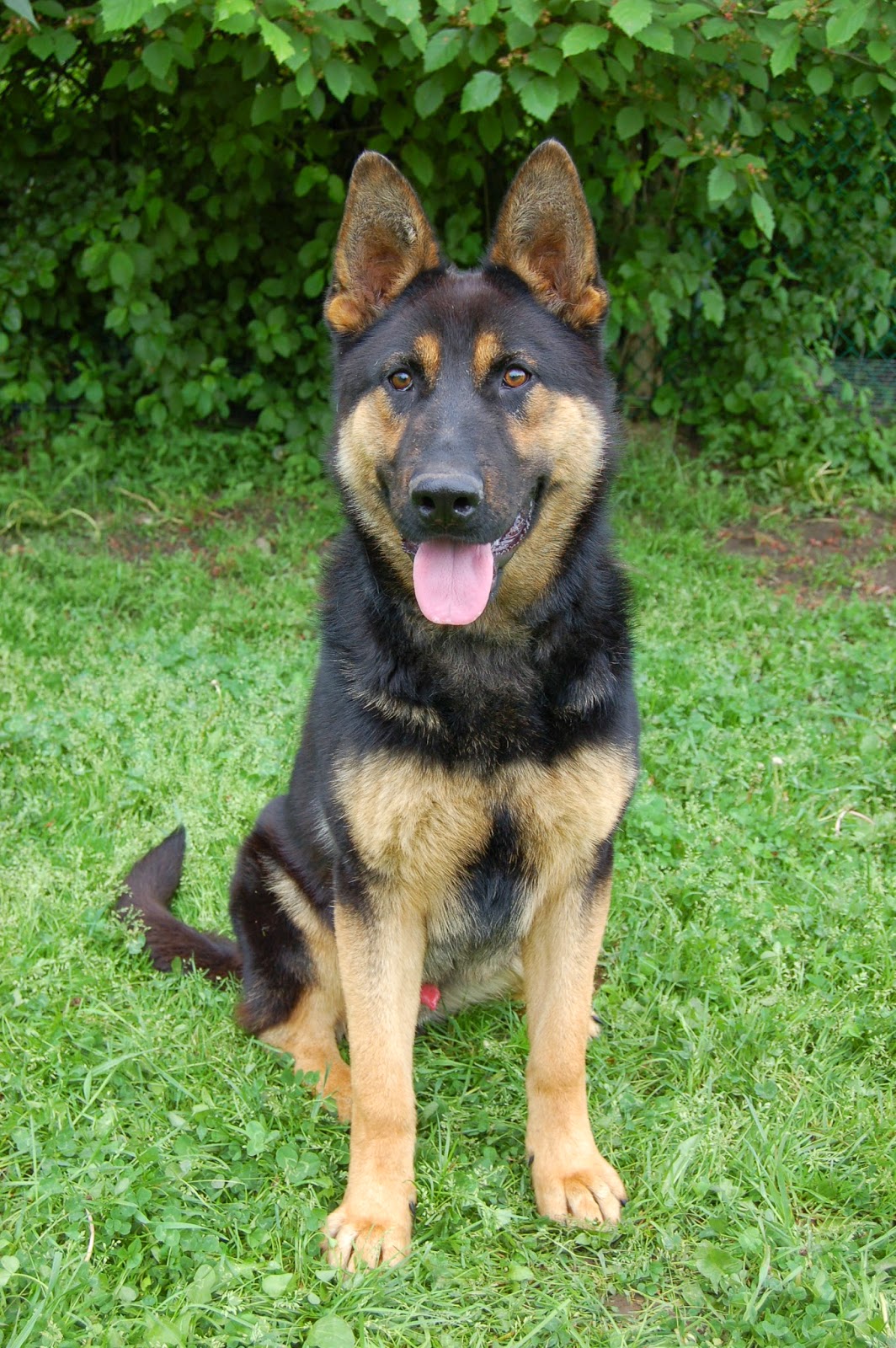Perhaps the best way
to answer this question is to look at some statistics. Let’s talk about the
crime rates for the most populous U.S. state - California. Currently home to a
little over 38 million people, California has a total annual crime rate of
1,173,036 of which 1,018,907 are property crimes and 154,129 are violent
crimes. This makes the annual property offense rate for the state 26.58 per
1,000 residents. With statistics like these true for California, many other
cities and states across the United States and possibly worldwide, fear of
crime is soaring and it’s getting progressively hard to feel safe in our own
houses.
Property offenses
including burglary are despicable crimes. Sure having a thief rob you of a
valuable possession is bad but perhaps the worse is the emotional shock of
having your home violated. After all, it’s the one place in the world where you
should be able to put your feet up, retreat from the stresses of the world and
most importantly feel safe.
So what do you do?
If your home is your castle and your family is the most precious thing to you,
you better protect them both if you don’t want to contribute to an escalation
of the aforementioned crime statistics? And indeed, we all take the basic
precautions. We make it as hard as possible for unwanted people to invade our
property and harm us. Some of us even invest in a few fancy crime-busting
gadgets such as surveillance cameras, infrared detectors and sturdy doors,
windows and gates. The sad thing though is that, sometimes, even all these
things put together fall short. And once someone gains access to your home
despite the high security doors and hi-tech cameras, there is little these
gadgets can do to protect you against your assailant(s). And police response
times even if you manage to get a call out in time are not always the most
reliable.
In the light of
these facts, protections dogs make the perfect sword by your side. For a start,
a canine represents a big obstacle for anyone thinking of breaking into your
property. Protections dogs are therefore very real and very visual deterrents
but in contrast to cameras, alarm systems and infrared detectors, they are also
trained and have the skill set and confidence to defend their charge against
potential assailants.
But that’s not all.
Sure protection dogs are an excellent security choice. After all, the physical
presence of a German Shepherd or Belgian Malinois, for example, will make a
potential thief or criminal think twice before coming your way. They also have
the physical capability to take on an attacker. However the canines also make
wonderful companions and truly great additions to any family. For instance:
1. Your days as a lone wolf are over
Protections dogs
make the best companions so once a canine crosses the threshold of your home,
you can say goodbye to loneliness. You will have a loyal friend and confidant
through thick and think.
2. Canines are fun
If you’re getting a
protection dog, you might also want to invest in a camera for you will have at
least a dozen moments worth capturing everyday. Dogs are fun, quirky and
incredibly entertaining companions. As a matter of fact, some studies even
suggest that dog owners experience less stress. They find more joy in life and
reduce their risk for heart diseases.
3. Everyday is an adventure
With a canine
companion, you kiss boredom goodbye for everyday is an adventure. You will also
have the best pal should you want to go hiking, sailing or join a search and
rescue team.
4. The key to social stardom
Dogs love walks and
when you take your dog out for some quality time in the open and his daily
activities, inevitably, you meet other people doing the exact same thing paving
the path for new friendships. For more information on protection dogs, visit http://www.ccprotectiondogs.com/
 Box training, or as some people may call it, table topping, is almost a dying art. As I’ve said before, the work that we do at CC Protection Dogsis very special, we incorporate this method in all of our protection dogs. We feel this helps harden the grip and builds confidence with our young German Shepherd puppies and Belgian Malinois puppies to bite on elevation.
Box training, or as some people may call it, table topping, is almost a dying art. As I’ve said before, the work that we do at CC Protection Dogsis very special, we incorporate this method in all of our protection dogs. We feel this helps harden the grip and builds confidence with our young German Shepherd puppies and Belgian Malinois puppies to bite on elevation.









.jpg)